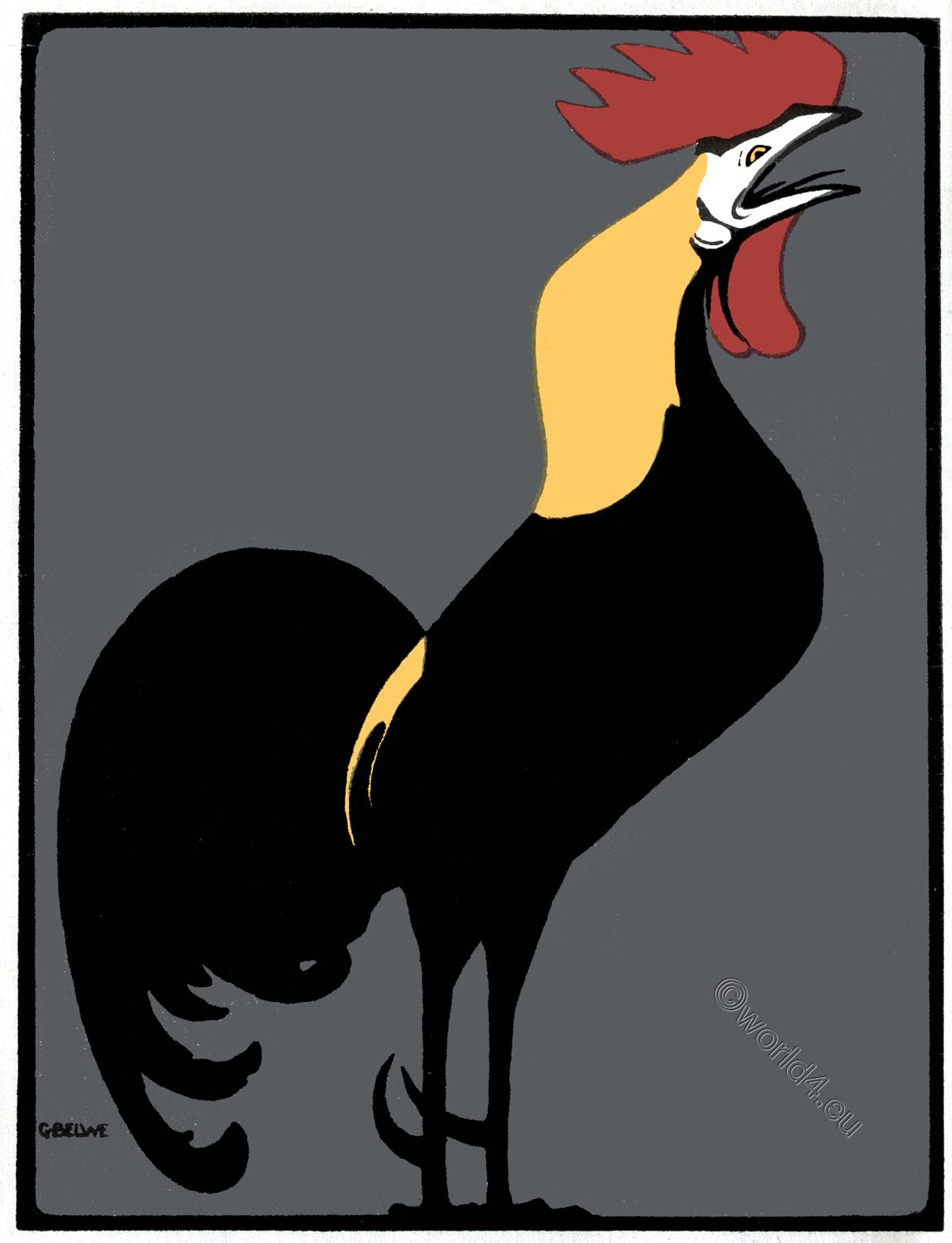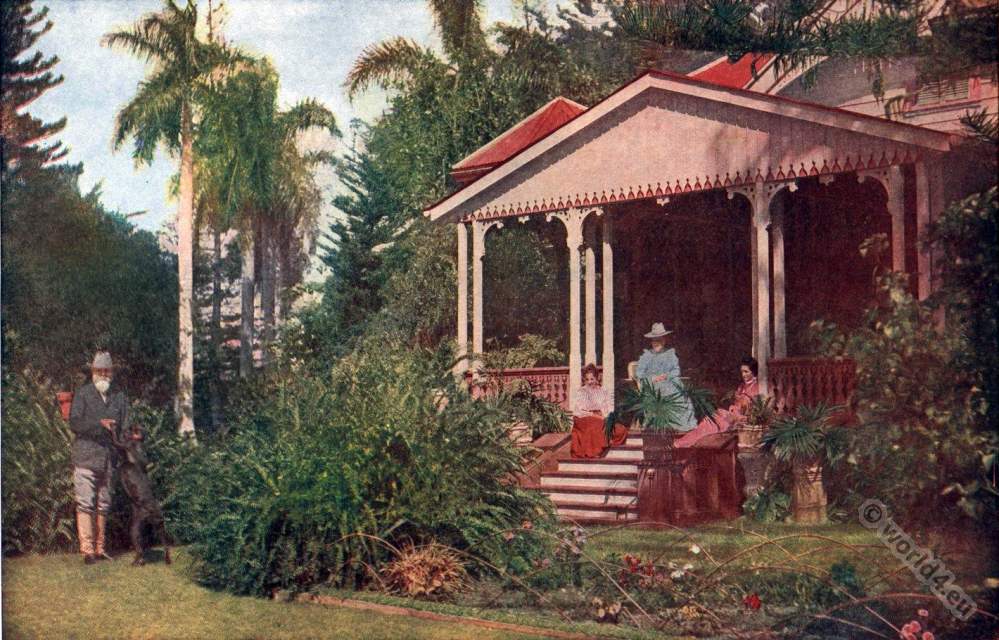Mexico by Carl Nebel 1836
Voyage pittoresque et archéologique dans la partie la plus intéressante du Mexique by Carl Nebel 1836. Lithograph by Frédéric Lehnert.
Picturesque and archaeological journey through the most interesting part of Mexico by Carl Nebel 1836.
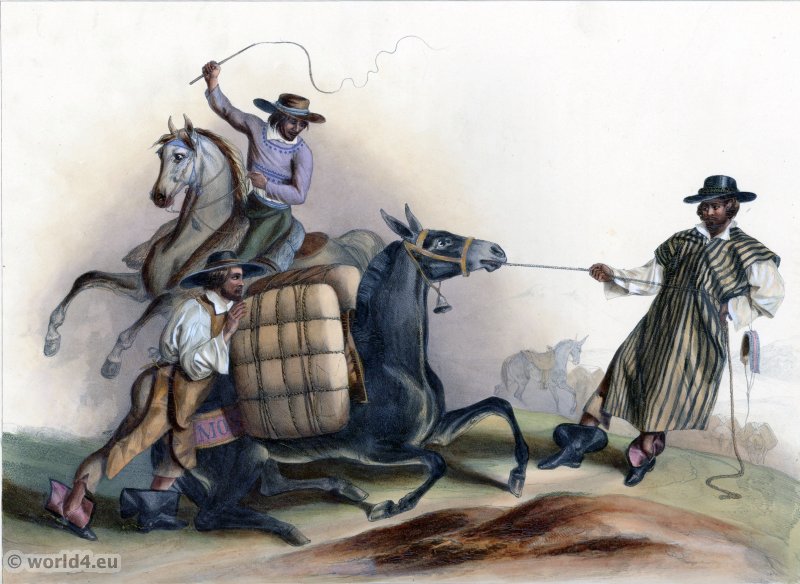
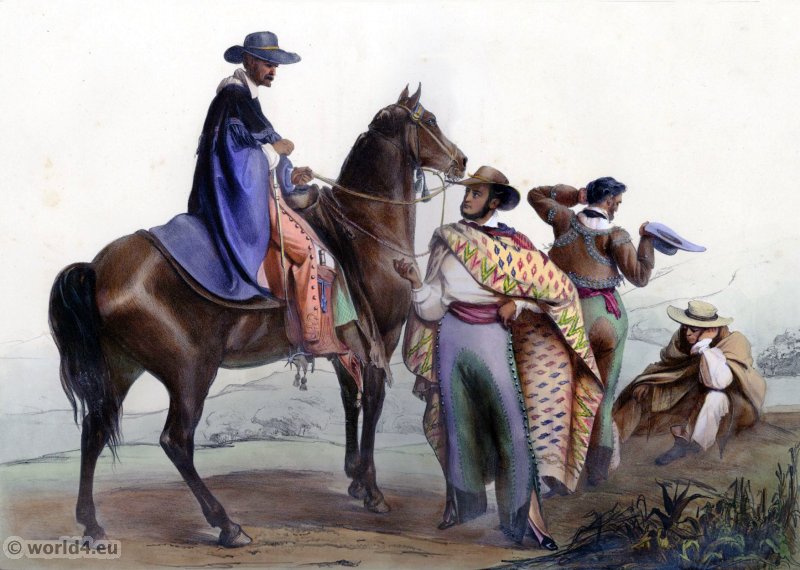
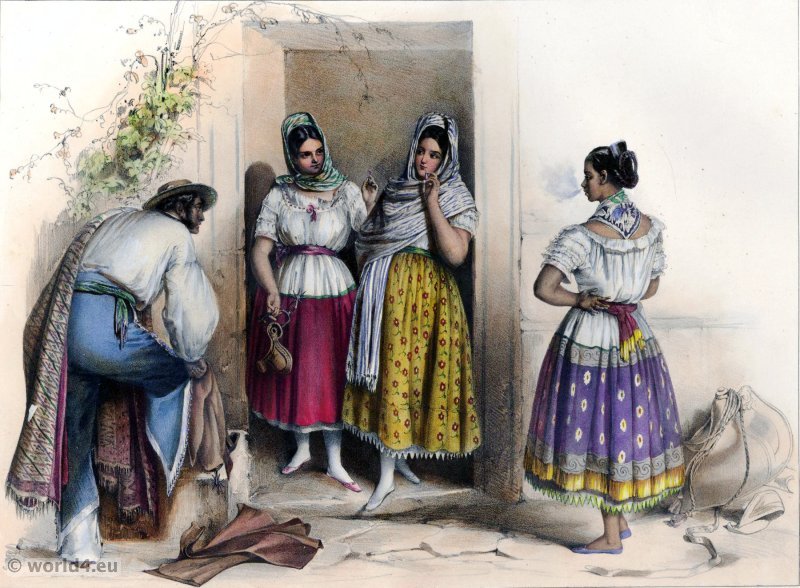
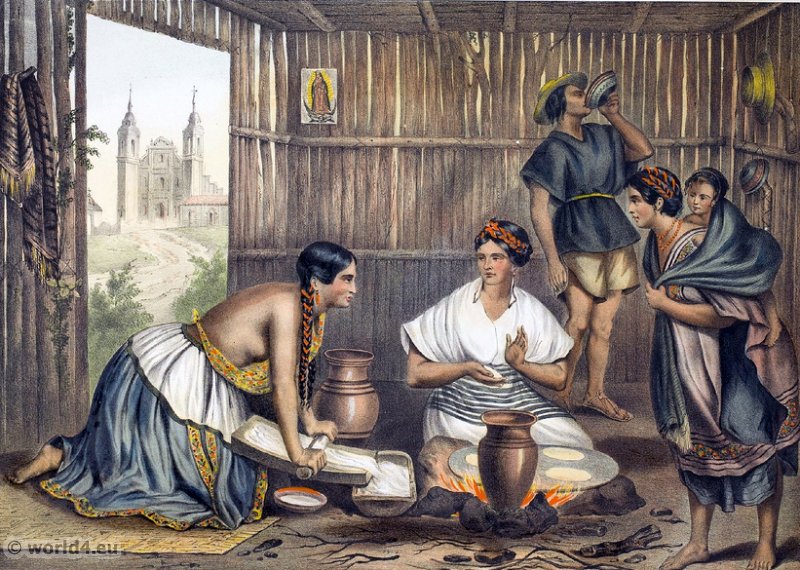
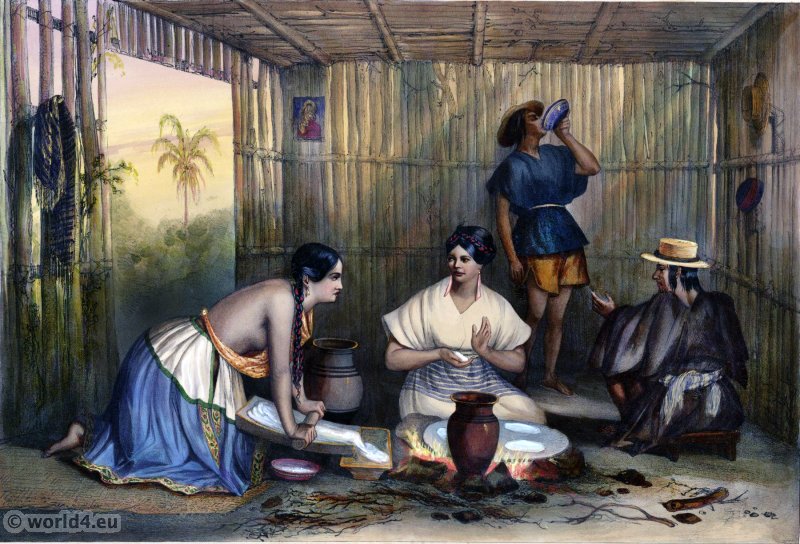
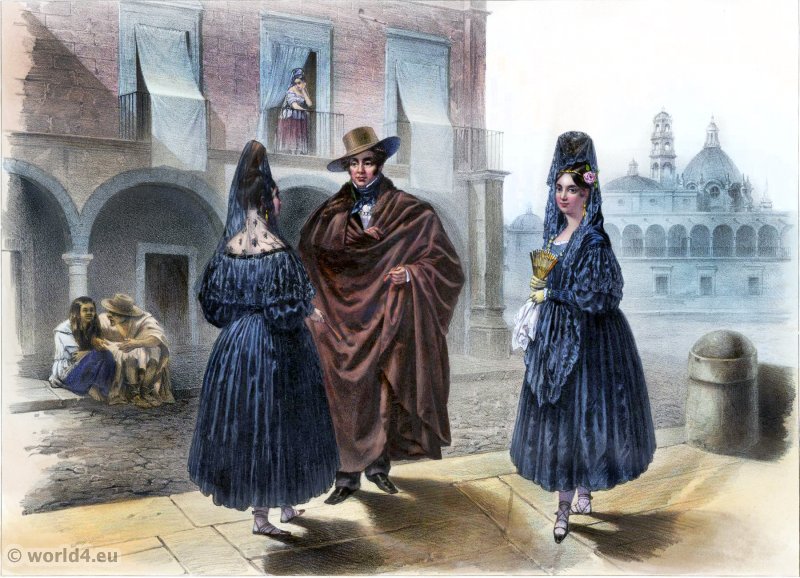

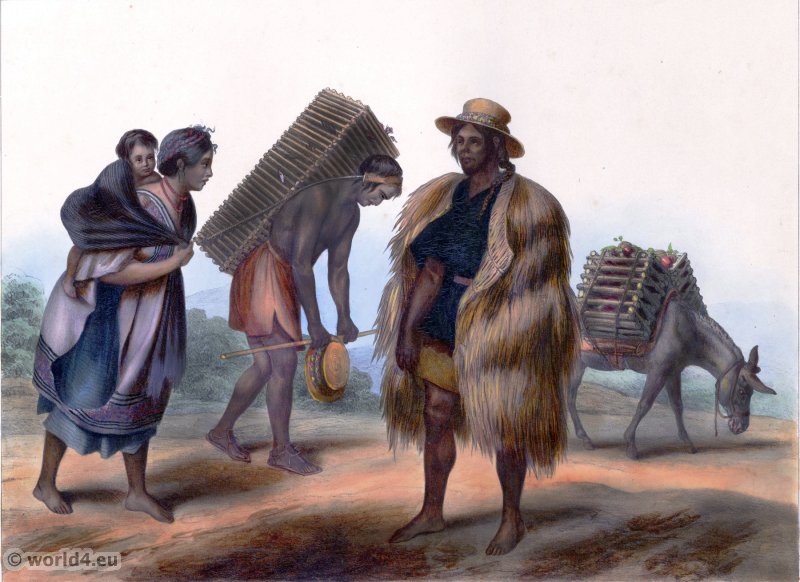

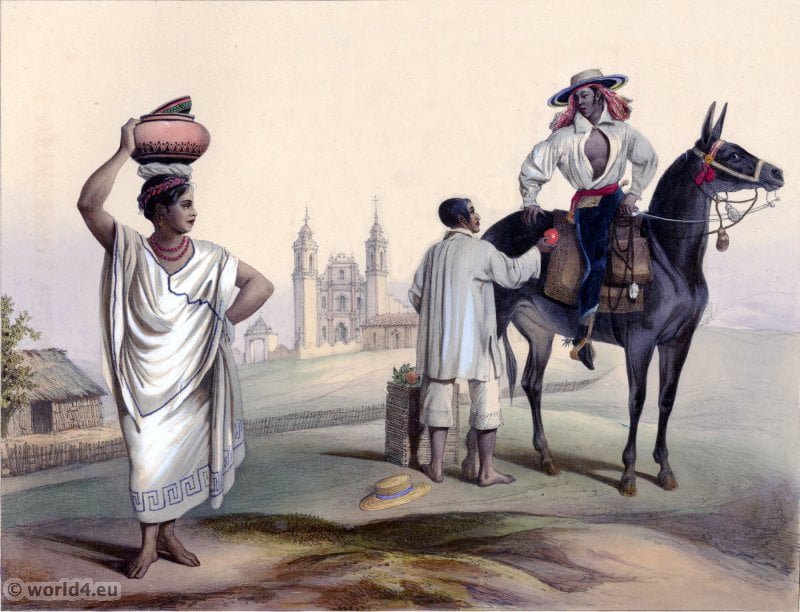
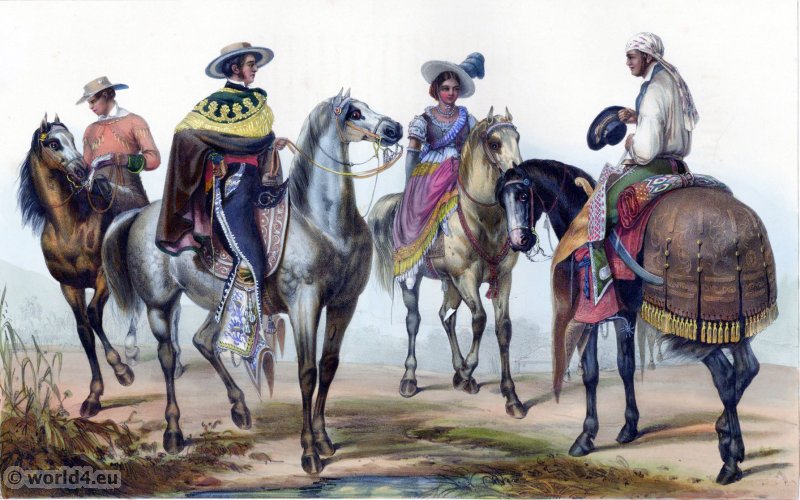
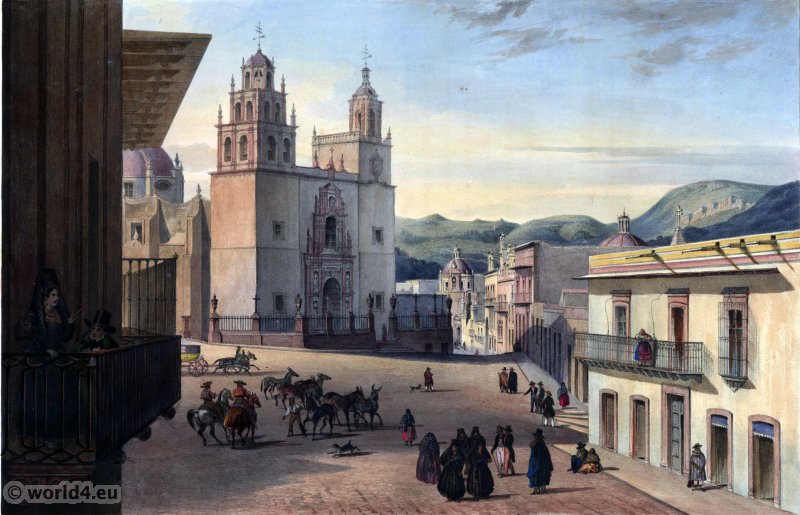

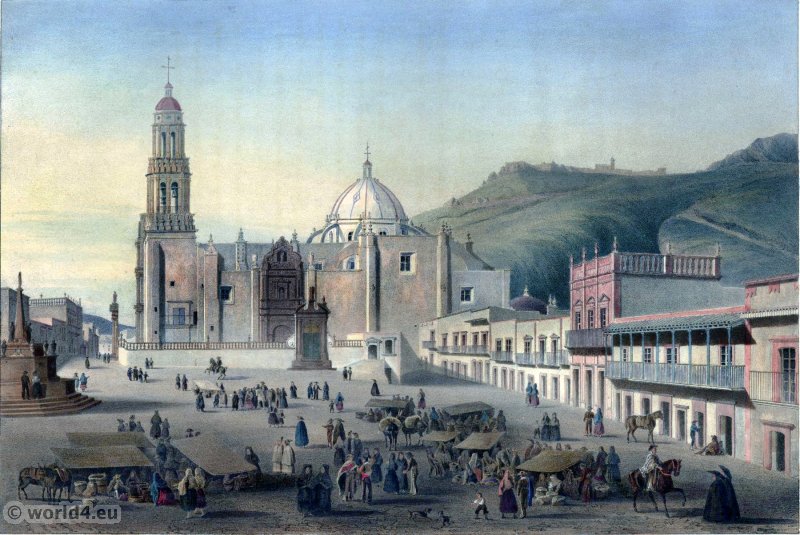
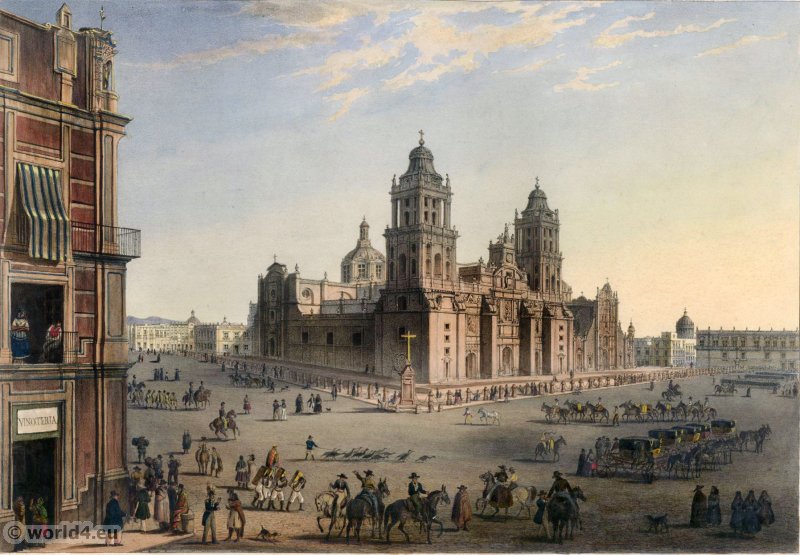
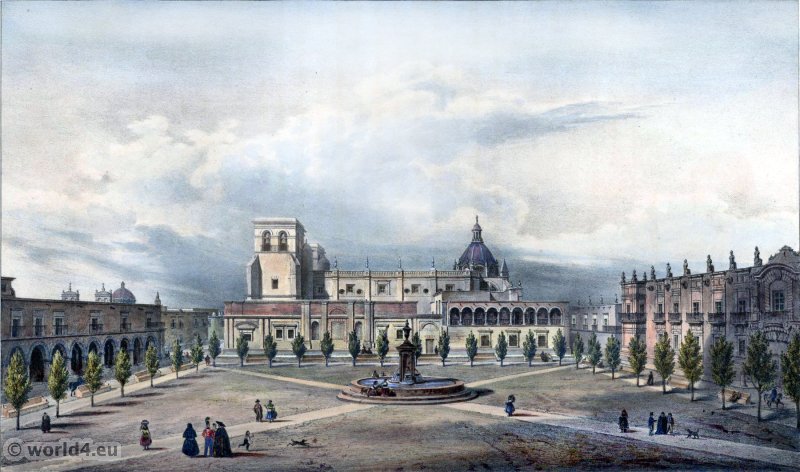
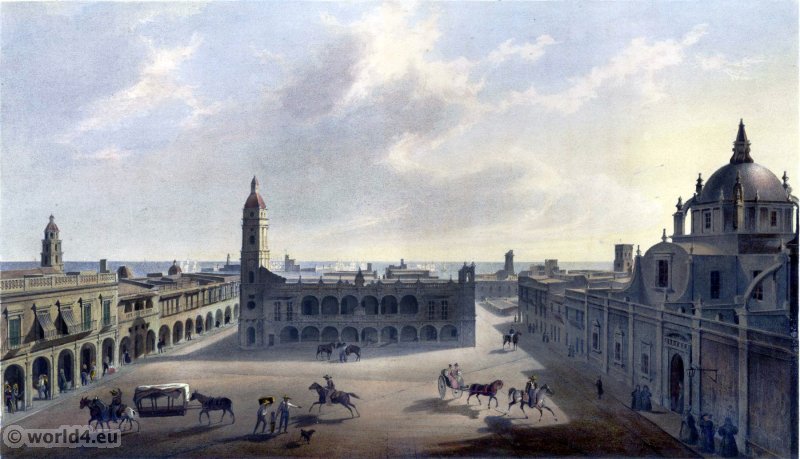
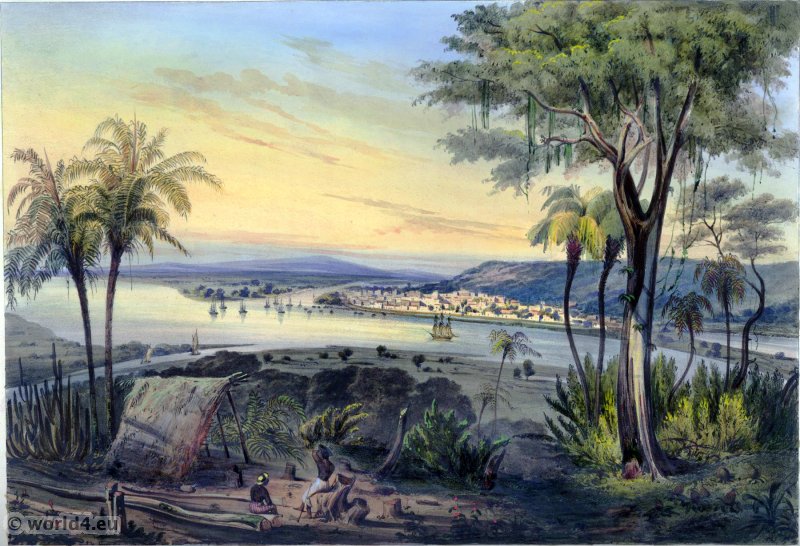
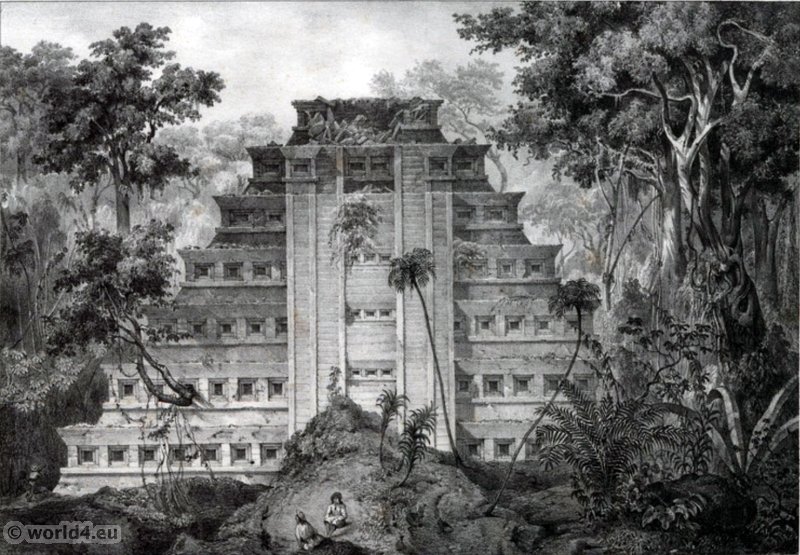
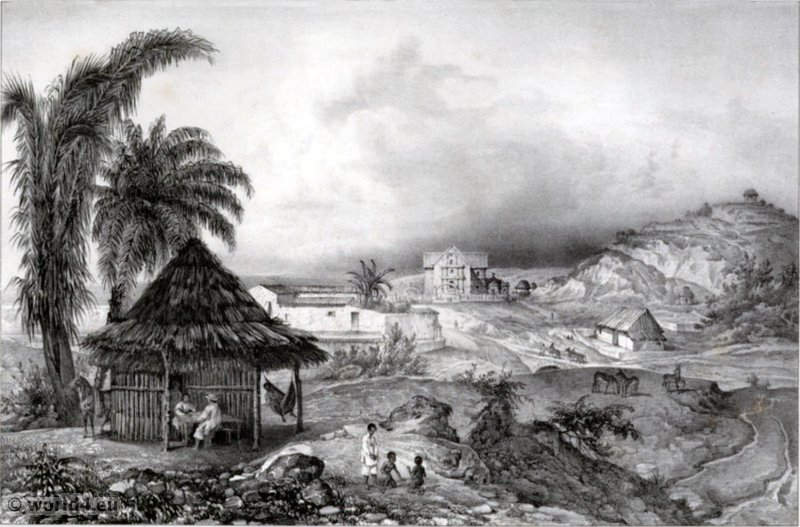
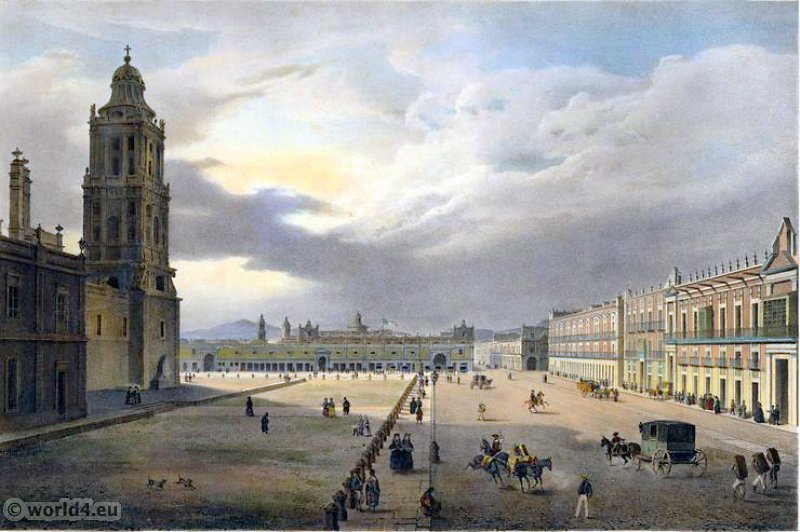
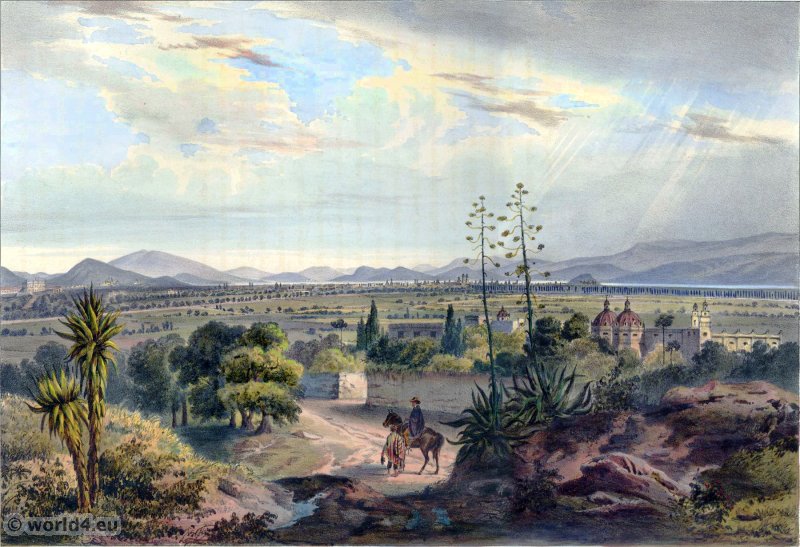

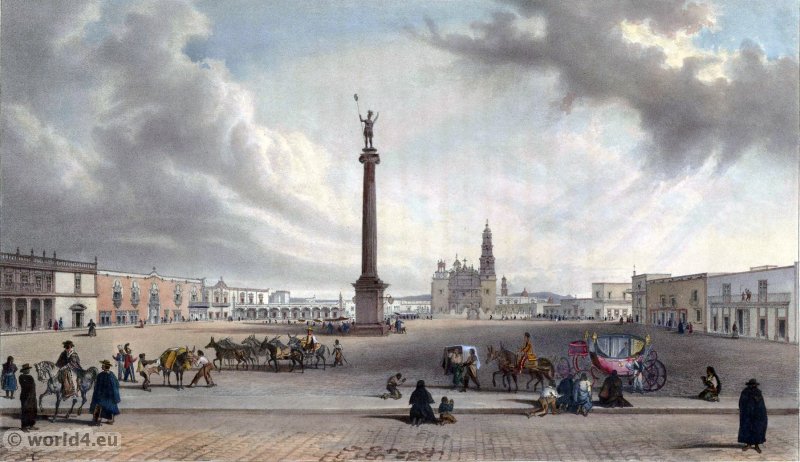
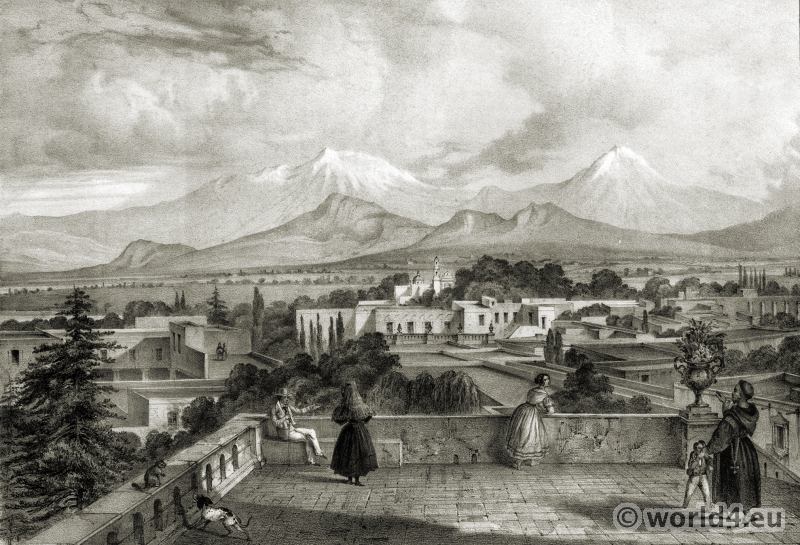
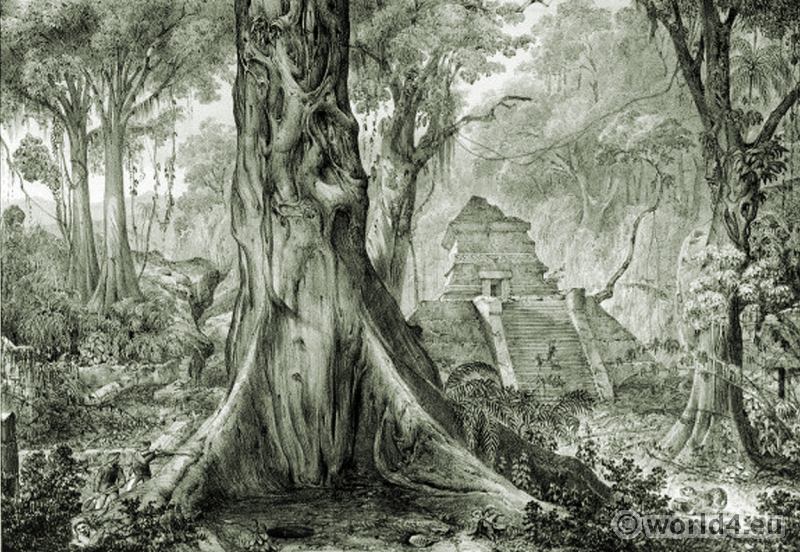
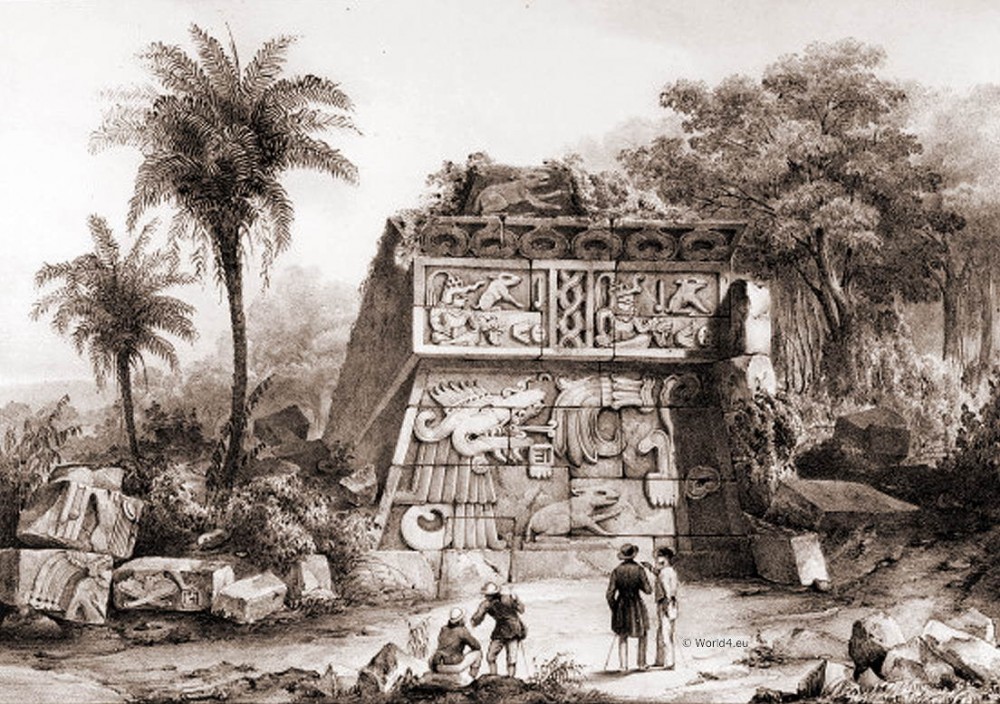
Source: Viaje pintoresco y arqueolójico sobre la parte más interesante de la República Mejicana, en los años transcurridos desde 1829 hasta 1834 por el arquitecto Don Carlos Nebel. Paris; Méjico: [Impr. de P. Renouard] 1840.
Carl Nebel (also Carlos Nebel; March 18, 1805 in Altona; † June 4, 1855) was a German engineer, architect and artist. He became famous for his depictions of the Mexican-American War and his precise pictures of Mexican landscapes.
Nebel was born in Altona, studied in Hamburg and Paris and then went to America for a few years. From 1829 to 1834 he lived in Mexico. In 1836 he published an illustrated description of this country in Paris, Voyage pittoresque et archéologique dans la partie la plus intéressante du Méxique, which was illustrated with 50 lithographs after his paintings. Twenty of these prints were hand-coloured and Alexander von Humboldt wrote the preface to the work.
In 1851 George Wilkins Kendall used twelve color prints after paintings by Nebel in his History of the Mexican-American War, The War between the United States and Mexico Illustrated. The prints were made by Adolphe Jean-Baptiste Bayot, the printing was done by Joseph Mercier, leading specialists of the time.

